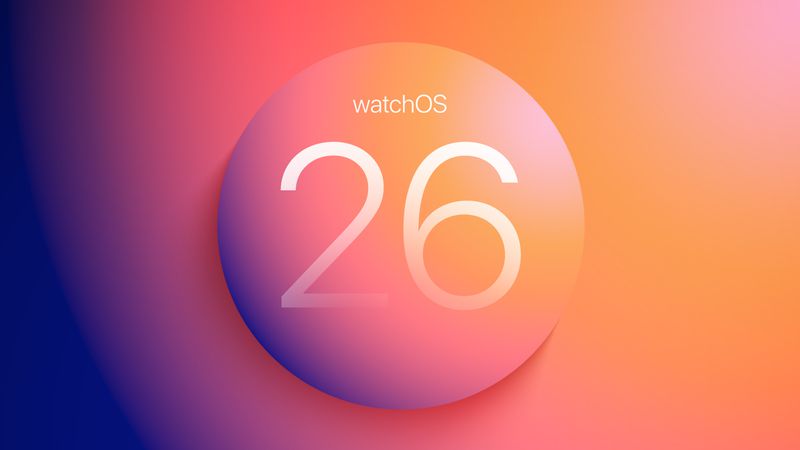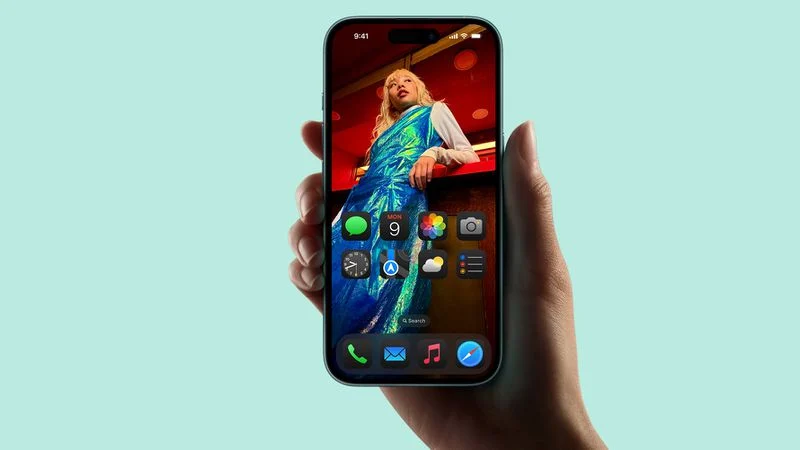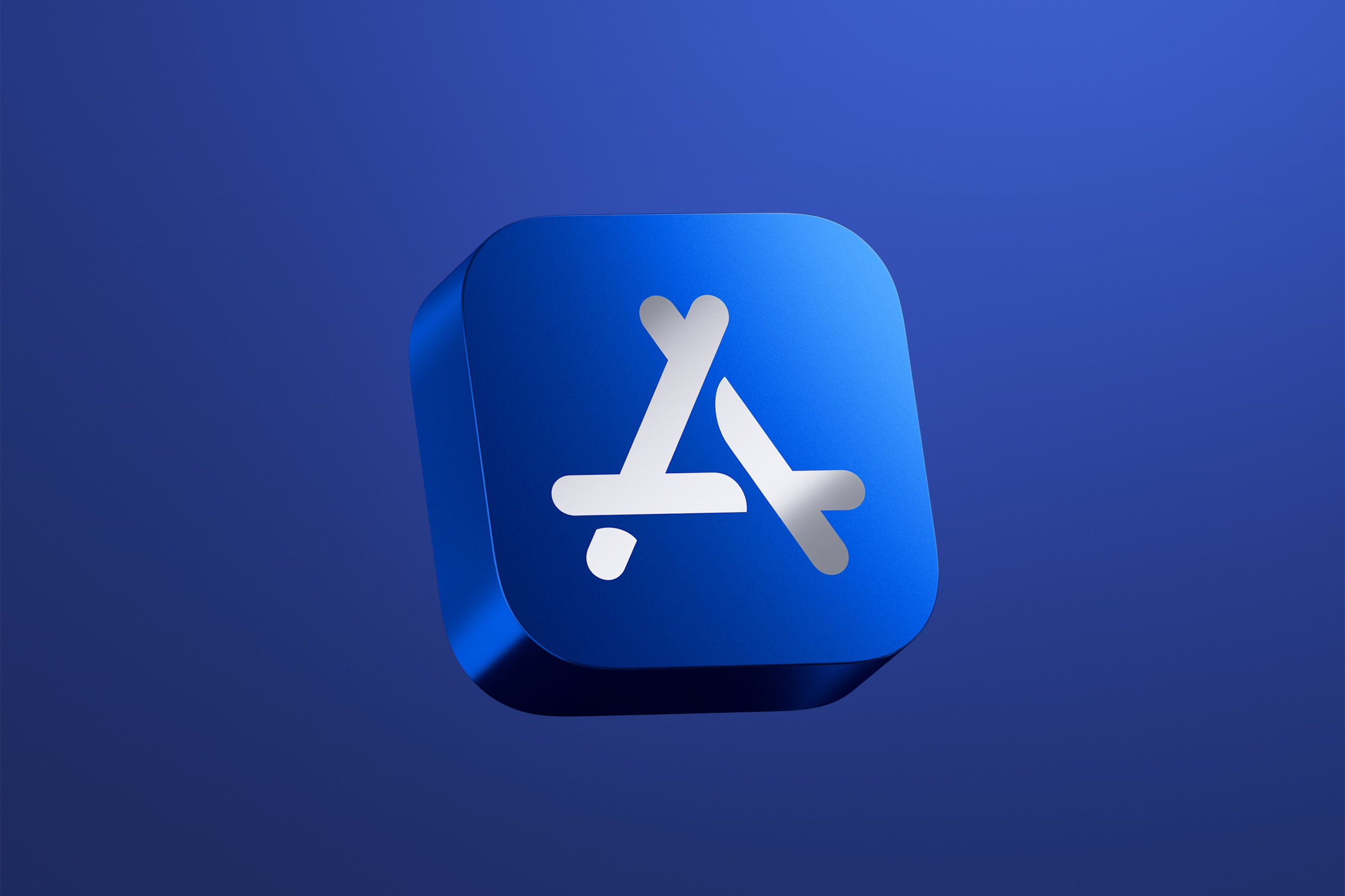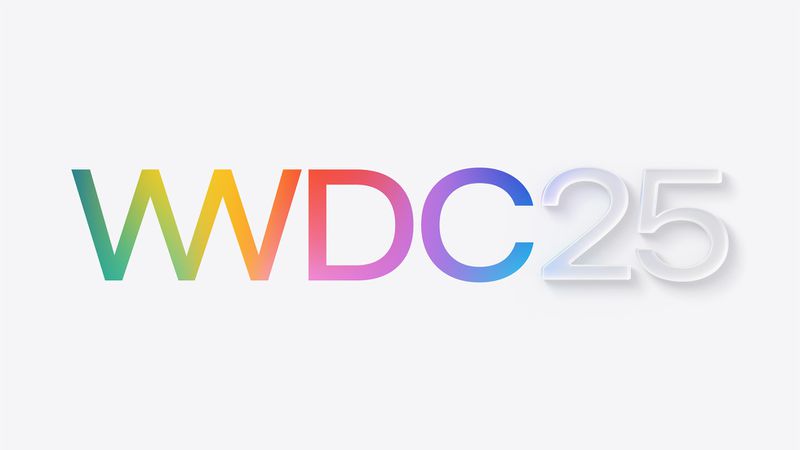Apple has rolled out the second developer beta of watchOS 26, along with tvOS 26 and visionOS 26 betas, two weeks after the first betas were shared. These updates, announced at WWDC 2025, bring a fresh look and smarter features to Apple’s devices.
The watchOS 26 beta introduces a sleek new design called Liquid Glass, giving the Apple Watch a modern, transparent style. It also adds new watch faces and lets third-party apps work with the Control Center for quicker access. Developers can test these changes to make sure their apps run smoothly.
To try the beta, developers need an Apple Watch Series 6 or newer, paired with an iPhone 11 or later running iOS 26. The update can be downloaded through the Apple Watch app under Settings > General > Software Update, with a developer account linked. The watch must have at least 50% battery and be on a charger during installation.
While these betas are for developers to test and tweak apps, Apple plans to release public betas in July. The full versions of watchOS 26, tvOS 26, and visionOS 26 will launch for everyone in September 2025. Stay tuned for more updates as Apple refines these exciting new features.








